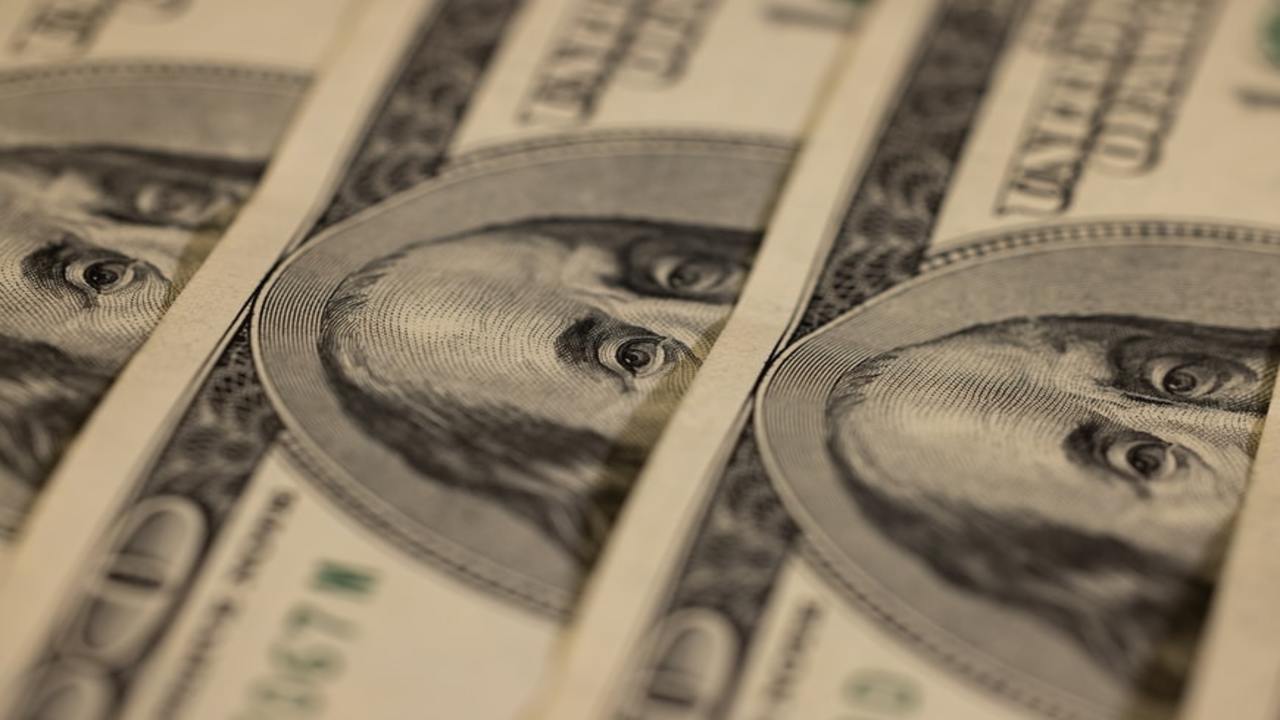
15 December 2022 | Article | Elanie Khamil, Sharmayne Cheng
When Non-profit Regular Give Meets Subscription Economy
Who doesn’t want a gift that keeps on giving? Well, that’s why non-profits are increasingly looking to reduce their reliance on ad-hoc gifts and prioritise increasing their regular giving stream instead.
Also known as sustainer giving, monthly giving, recurring donations, this model is an important source of long-term revenue for many non-profits because it is predictable, cost-efficient and mission driving.
In many cases, the implementation of a regular give programme has helped many smaller charities grow, and enabled non-profits to scale the impact of their mission.
If regular give is so good, why aren’t all non-profits on it?
To begin reaping the benefits of regular give, non-profits would need to first acquire a donor base. Scaling this donor base is often the biggest stumbling block. Doing acquisition campaigns at a large scale can come with a large upfront cost, and not every charity has the financial capital, risk appetite, nor board approval to do so.
Then comes the retention capabilities to ensure that your donors are well managed. From donation processing, data handling, security and compliance, audit capabilities, CRM (Customer Relationship Management), communication to analytics – let’s just agree that it can be extremely process orientated with many moving parts.
On top of it all, charities will require time to reap the benefits of regular give. Time to grow and learn, and to keep investing into growing the programme. With time being a precious commodity, those that persevere see a renewed ability to drive their mission.
Now what’s the buzz about Subscription Economy?
In this day and age, do you know anyone who isn’t subscribed to something? The subscription economy has found its way into nearly every aspect of our everyday lives. And we, the users, wholly welcome the convenience, flexibility, and personalisation that comes with it.
Just think about how many subscription services you are personally signed up for. From groceries to entertainment, the subscription model helps consumers plan their finances monthly, in return for goods or a needed service. Subscribers spend smaller amounts and avoid a big one-time fee barrier.
Businesses too benefit, as they not only have a way to create repeat business that is predictable. Understanding how their consumers interact with their prescribed consumer journey gives insights to their behaviour.

The established subscription economy and science brings upon multitudes of learning for non-profits. From acquisition campaigns to retention processes, for-profit organisations constantly push new boundaries in the subscription economy, enabling non-profits to benefit from their learnings. Despite the similarities, inherently, the Subscription Model is different to the Regular Give model. Here’s why:
Subscription in for-profit
Tangible benefit
Millions of consumers pay regularly for specific tangible benefits. Hypothetically, let’s say Sara has signed up with a movie streaming service. The value of the benefit is fixed and Sara chooses this subscription over other alternatives as she perceives it suits her wants and needs better.
Emotional benefit
At the heart of it, subscription in for-profit fulfils a need that is functional, rarely emotional driven. Most emotional attachments, if at all, are the after-effect of usage, which ranges from the feelings created when using the item/service, to being empowered by the access to a handy solution, or even in creating a societal image that the user wants to portray.
Cancelling a subscription
The reasons for cancellation vary from the availability of alternatives, to no longer being useful, or financial reasons. When cancelling, the consumer loses the tangible benefit, and makes way for a similar alternative option, or a change in personal habits. For example, if Sara says bye to her chosen movie streaming service, she will either subscribe to another that better suits her wants, or change the way she watches movies.
Regular give in non-profit
Tangible benefit
Donors give in support of the non-profit’s vision. The value is flexible and based entirely on the generosity and means of the donor. There is no direct tangible return for the donor as the donation benefits the needs of others.
Emotional benefit
For donors, the ability to fulfil an altruistic need is a pull factor. Monetary donations enable people to contribute to a mission that aligns to their values without having to compromise on time or schedules. Sara pledges and gives on a regular basis to a cause she believes in, as it helps her feel that she’s doing a part in creating a better world.
Cancelling a regular give
Financial constraint is the most common cited reason for cancellation. If Sara cancels on her gift, she is not entirely a lost donor. As the underlying reason to donate in the first place was an emotional fulfilment, non-profits that continue to engage and ‘nurture’ the sentiment stand a greater chance at reviving the gift when circumstances improve.

1. Make it all about the experience
There is arguably nothing more important than your donor’s experience, which shapes their wish to continue donating. Without their support and donations, non-profits will struggle to fulfil their missions.
A Mckinsey research concluded that a key driving retention factor in the subscription economy lies in “experiential elements”. Hence, in a regular give programme, retaining your donors well also stems from a great donor experience. And that experience begins even before they become your donor.
What counts as a good donor experience:
Was it easy to look for information on what you do? Was it easy to sign up? Is your cause articulated with the donor AND beneficiary in mind? Are you making your donor feel heard? Are you putting your donors’ best interest first?
How to act on it:
- Recall the best customer experience you’ve had. Incorporate those elements into your donor journey.
- Consider conducting mystery donor experiences (similar to mystery shoppers).
- Make improving donor experience a key part of your strategy, planning and execution.
2. Make communication a two-way street
Subscription-based businesses use the power of data to understand what their users are interested in. This data collection can come in many shapes and forms, and two-way communication to influence data driven decisions is a big factor for many subscription businesses.
For example, when watching your latest binge on Netflix and you are asked to “rate this title”. Netflix is effectively opening the doors to collect data to understand their consumers better. Similarly, non-profits could look to opening avenues of communication with donors.
A substantial difference between the subscription-based economy and a regular give programme lies in motivation. The donors of today want to be a part of a community and be reassured that they are making a difference by choosing to give. It is more important than ever to incorporate avenues for donors to be involved, share what is important to them, and influence change.
How to act on it:
- From social media, EDMs, calls, site activities, map out all contact points and create avenues for convenient sharing and collecting feedback.
- Have a plan to act on the collected insights.
- Run surveys to better understand what motivates donors to support your cause.
3. Make donors feel they belong in your circle
In the retail world, influencing a shopper’s decision to buy shouldn’t be the end of the journey. It’s just as important to make customers feel good about their purchase and that they made the right choice.
Similarly, donors already ‘buy’ the values of your mission prior to making a donation. After that, it is up to the non-profit to convey an assurance that donors did good by contributing and that they are part of something greater and bigger than themselves. Do your donors feel like they belong in your community? And are they seeing their value through their contribution?
This can be especially tricky when their donations do not necessarily translate to a tangible or immediate outcome. Furthermore, it becomes especially crucial to maintain when times are hard, as donors begin to focus on their day-to-day (short-term view), and their mission to contribute to a brighter tomorrow (long-term view) takes second priority.
As a non-profit you are fostering a community based on shared values. Each donor may be driven by different motivations, yet in return it’s a similar sense of fulfilment.
How to act on it:
- Understand your donors’ motivation in supporting your cause. Why are they donating? How does your cause meet their altruistic needs?
- Consider using channels like surveys and phone calls to reiterate the ‘why’ behind donor giving and encourage the growth of these shared values.
- Create donor-exclusive newsletters, events, or opportunities that help create and sustain a sense of closeness within the community.
Running a regular give programme takes a lot. A lot of everything. Mapping out every function of your programme to ensure an excellent donor experience, ensuring the right messages are being communicated as well as building and fostering a community.
Sometimes it seems overwhelming, and honestly, there will never be a time where you have every process mapped out perfectly, or every piece that is optimal. The best takeaway from the subscription economy is to start and trust the process.
Whether you’re at the consideration phase or you have it almost figured out and just waiting to start… if you think you could use a sounding board, we’re happy to meet you where you are. After all, we exist to lessen the challenges for non-profits, making fundraising easier, and enabling you to focus on your mission. Hit us up.





